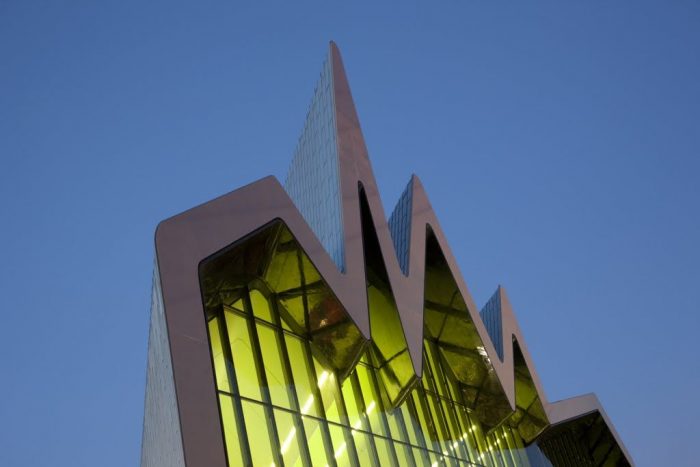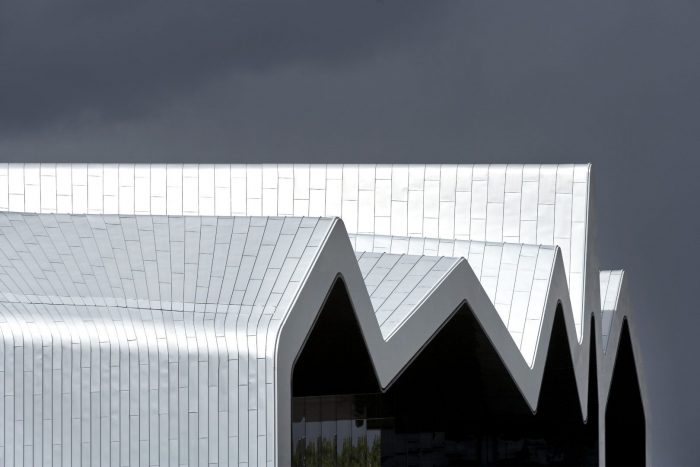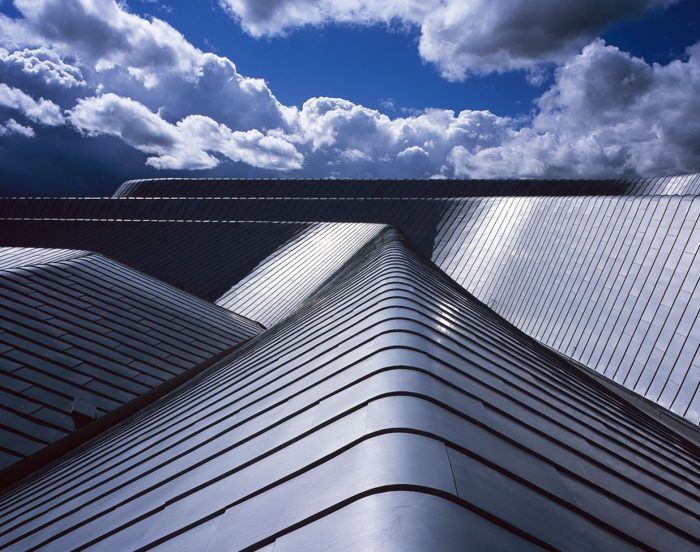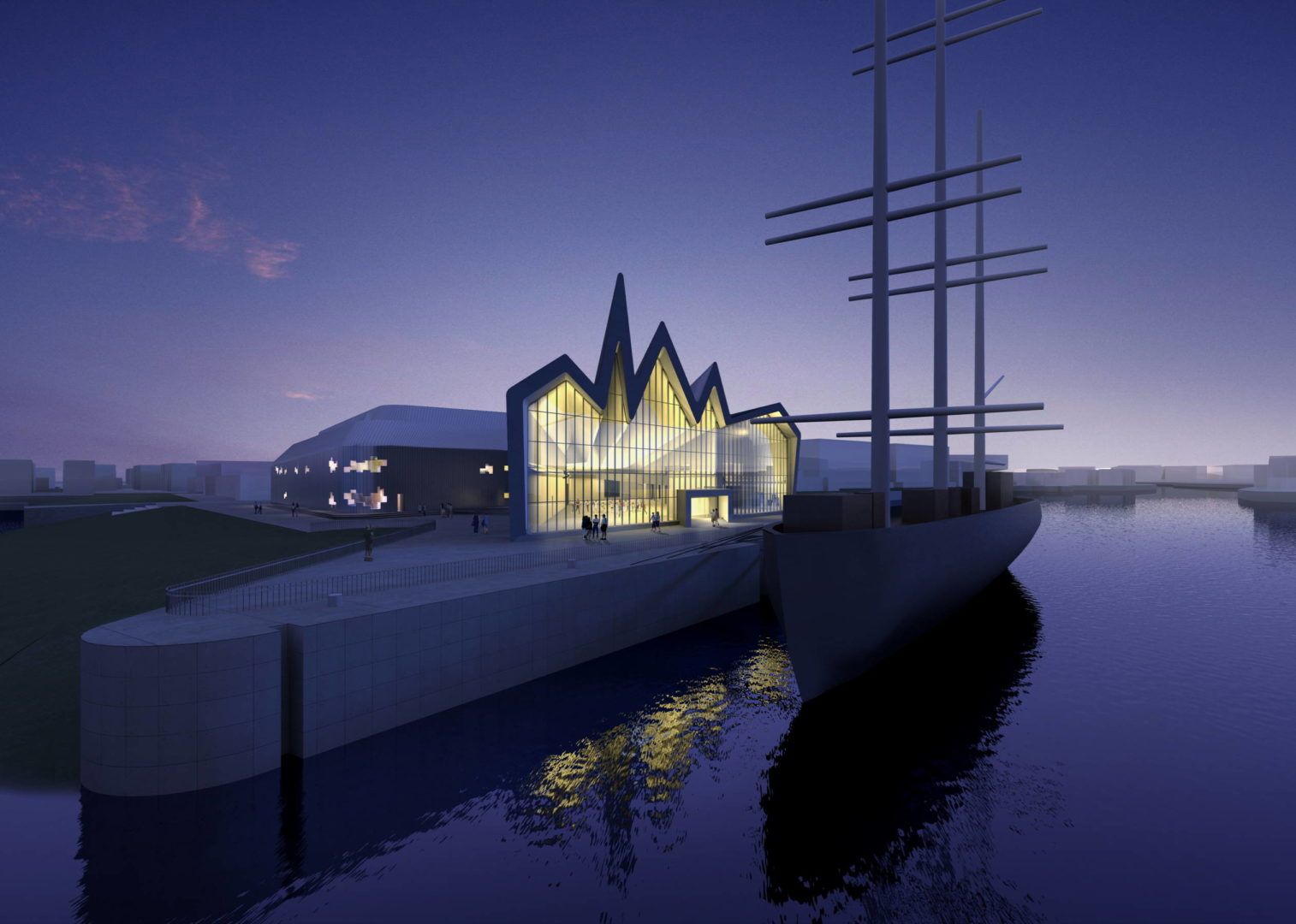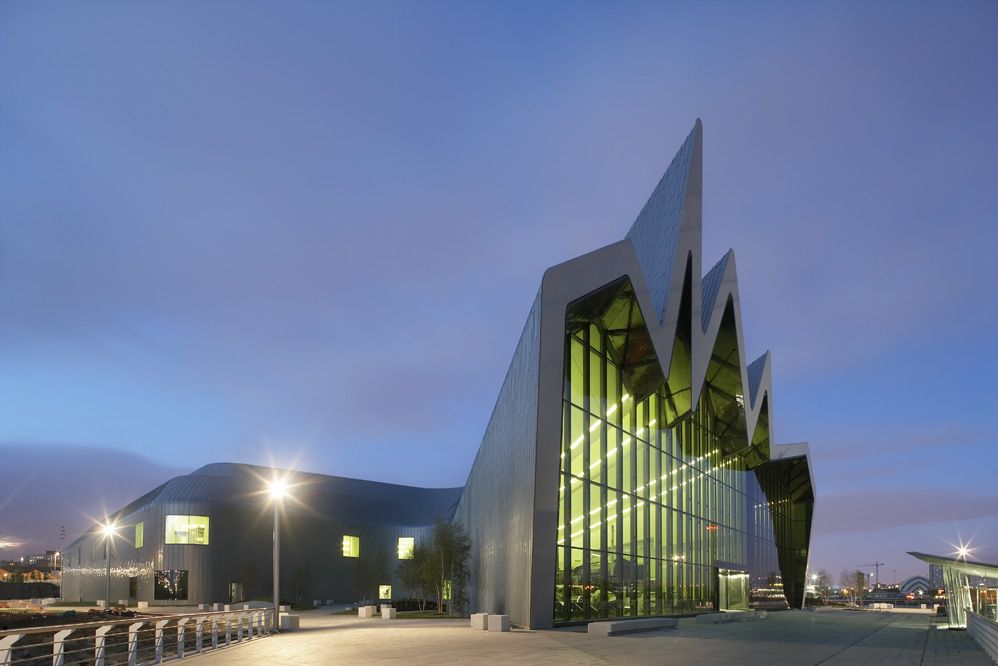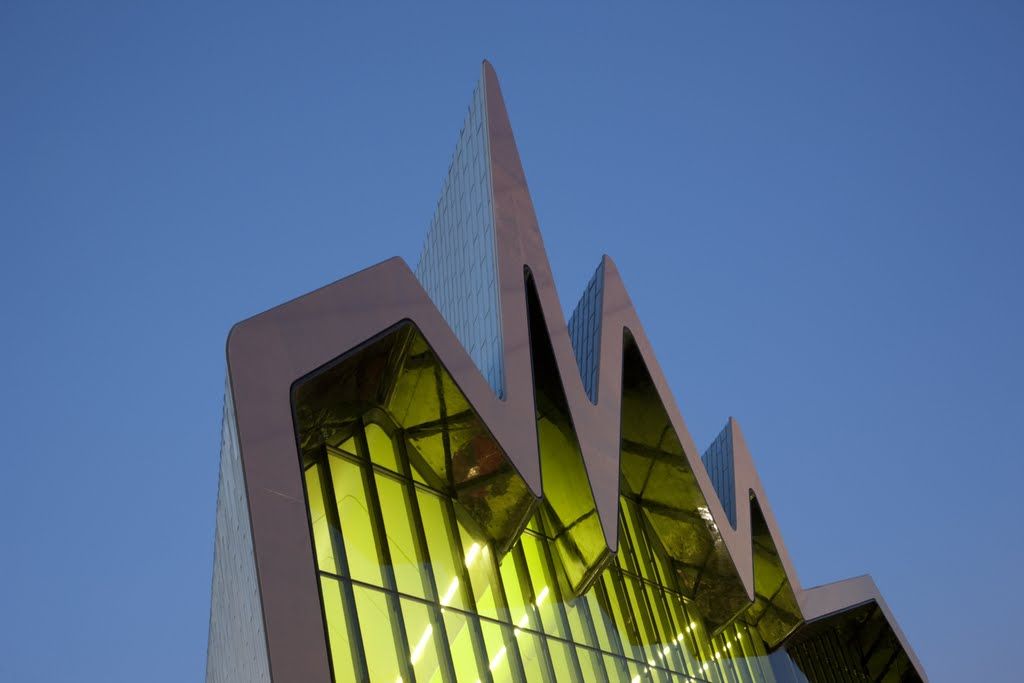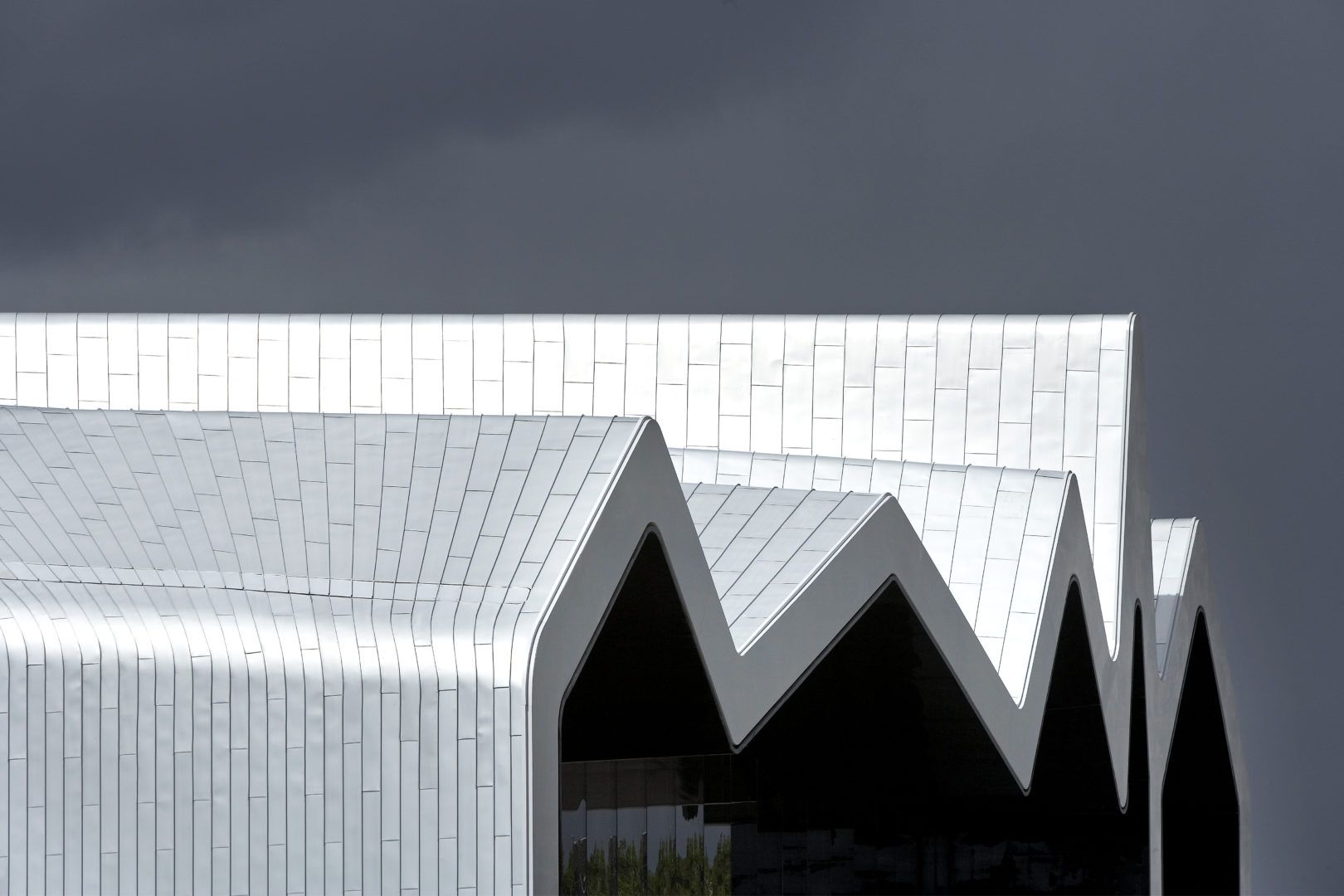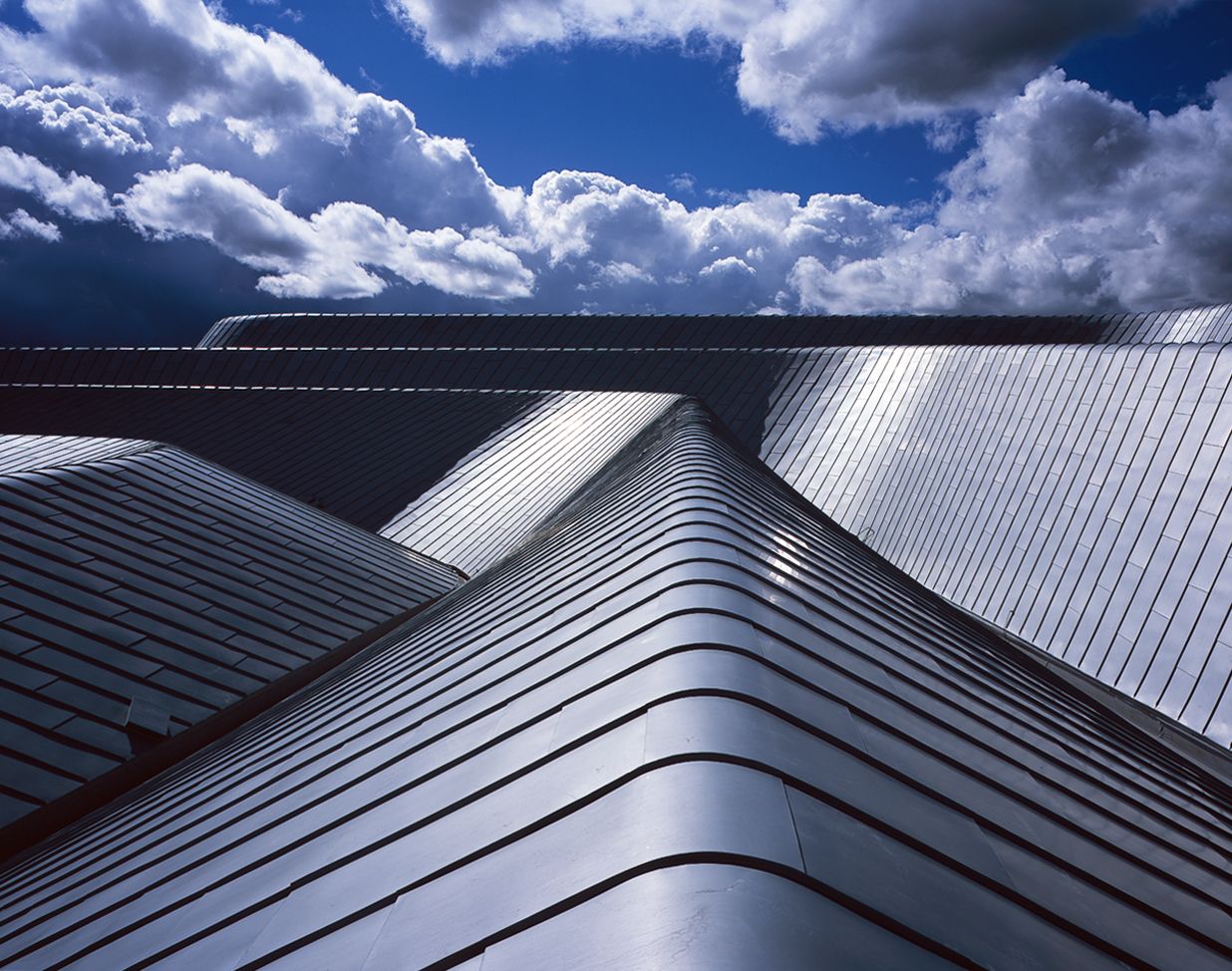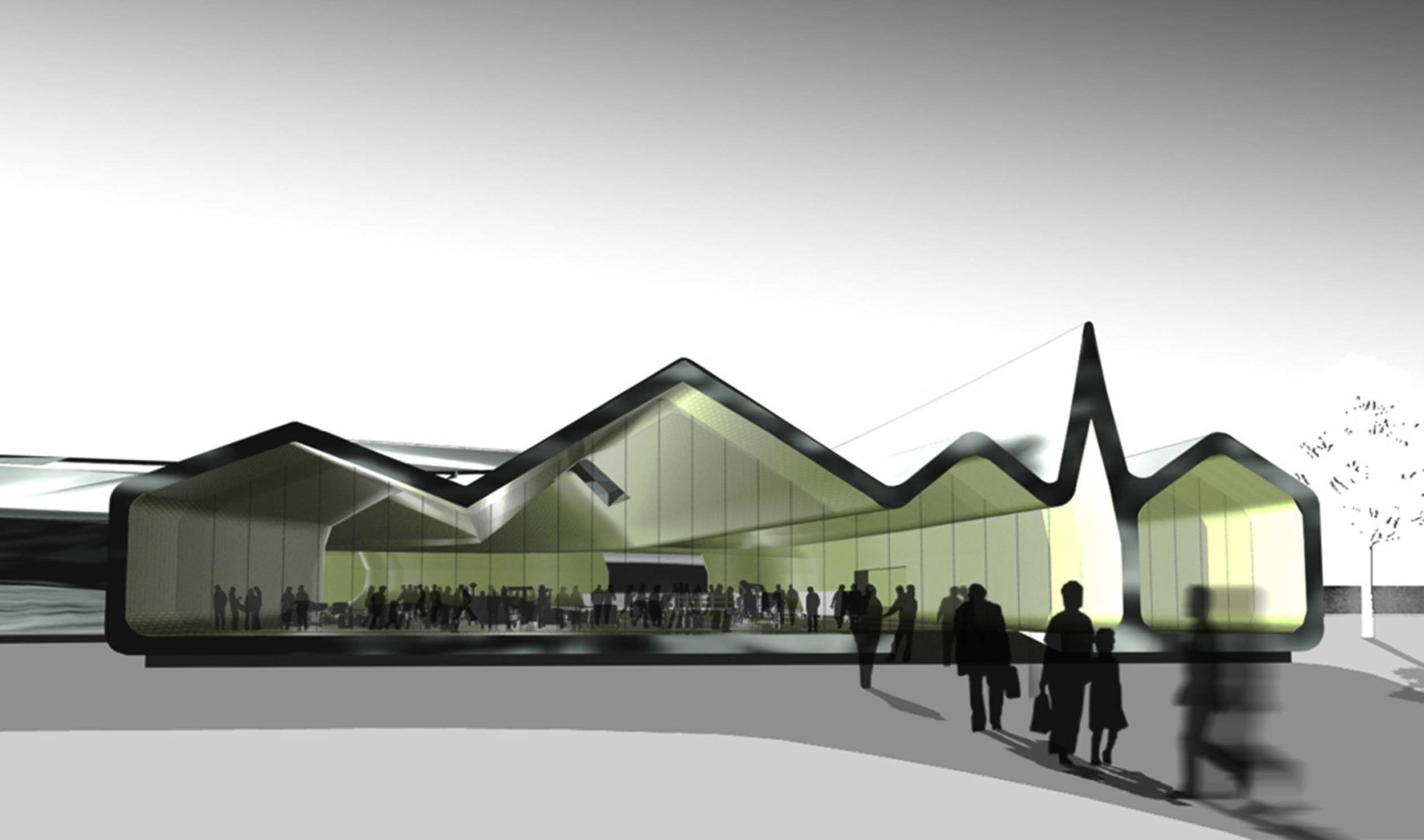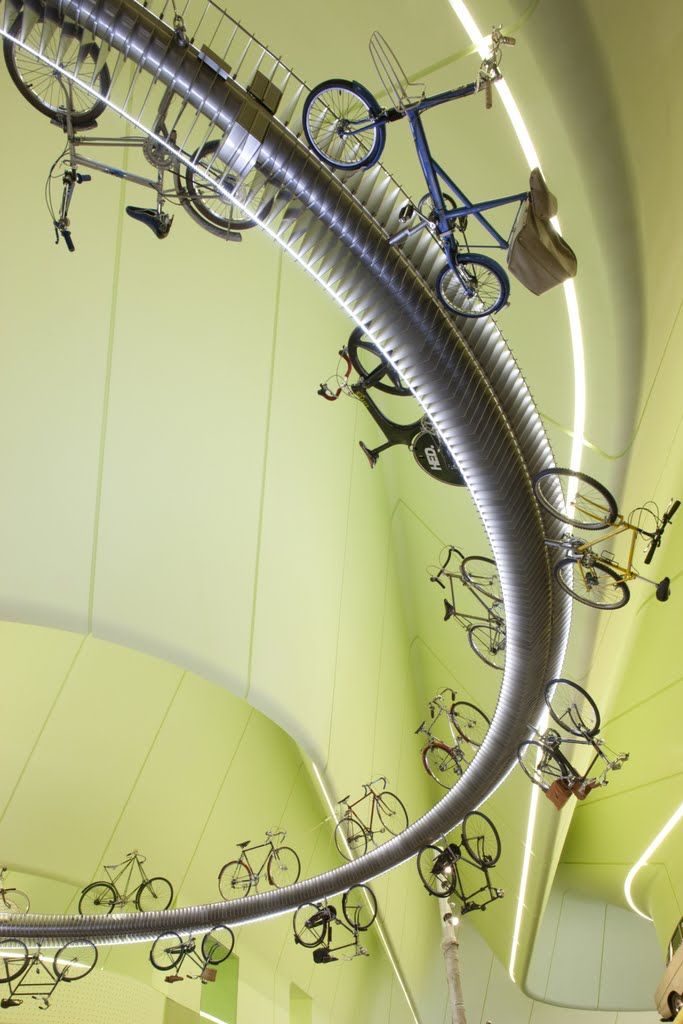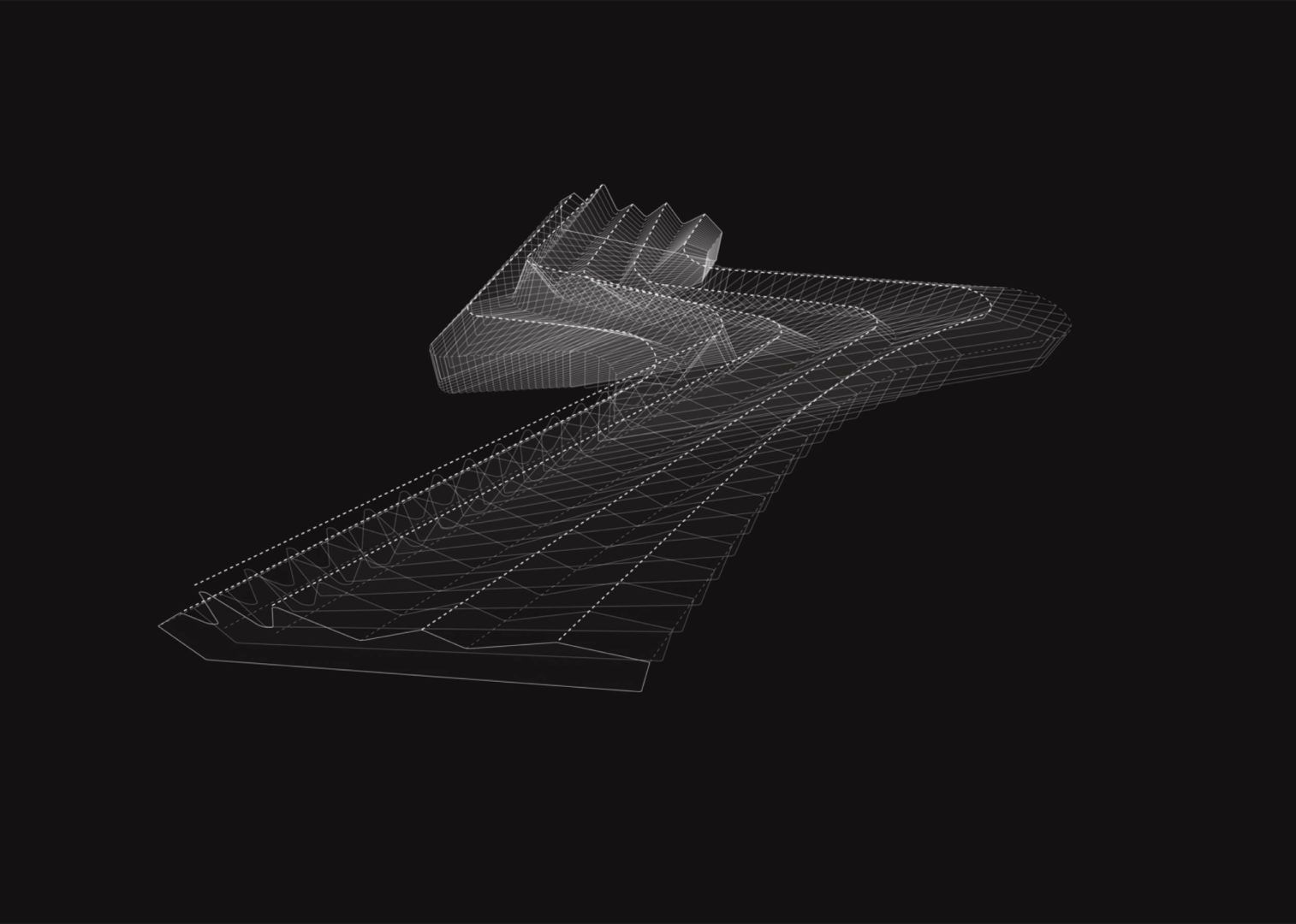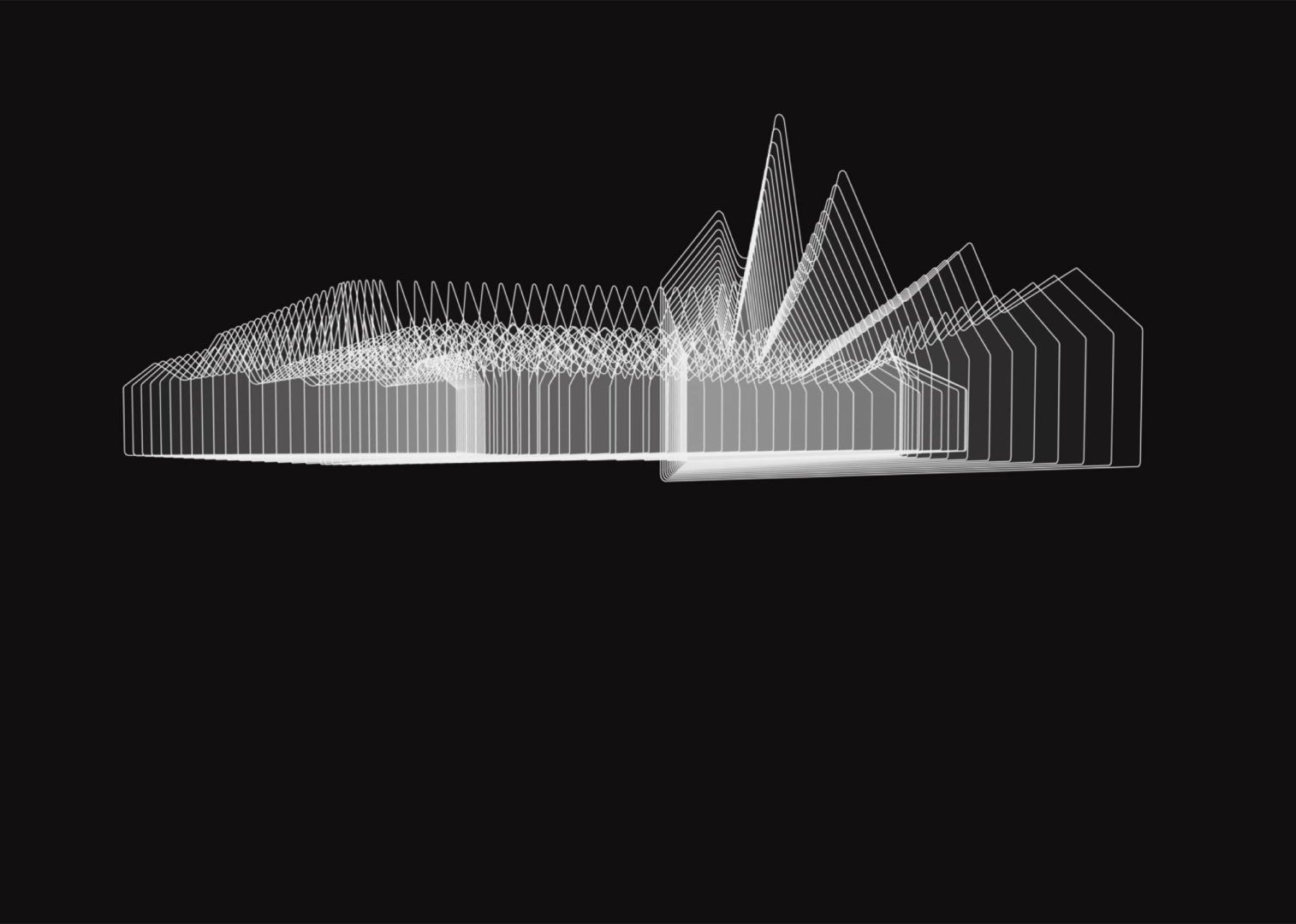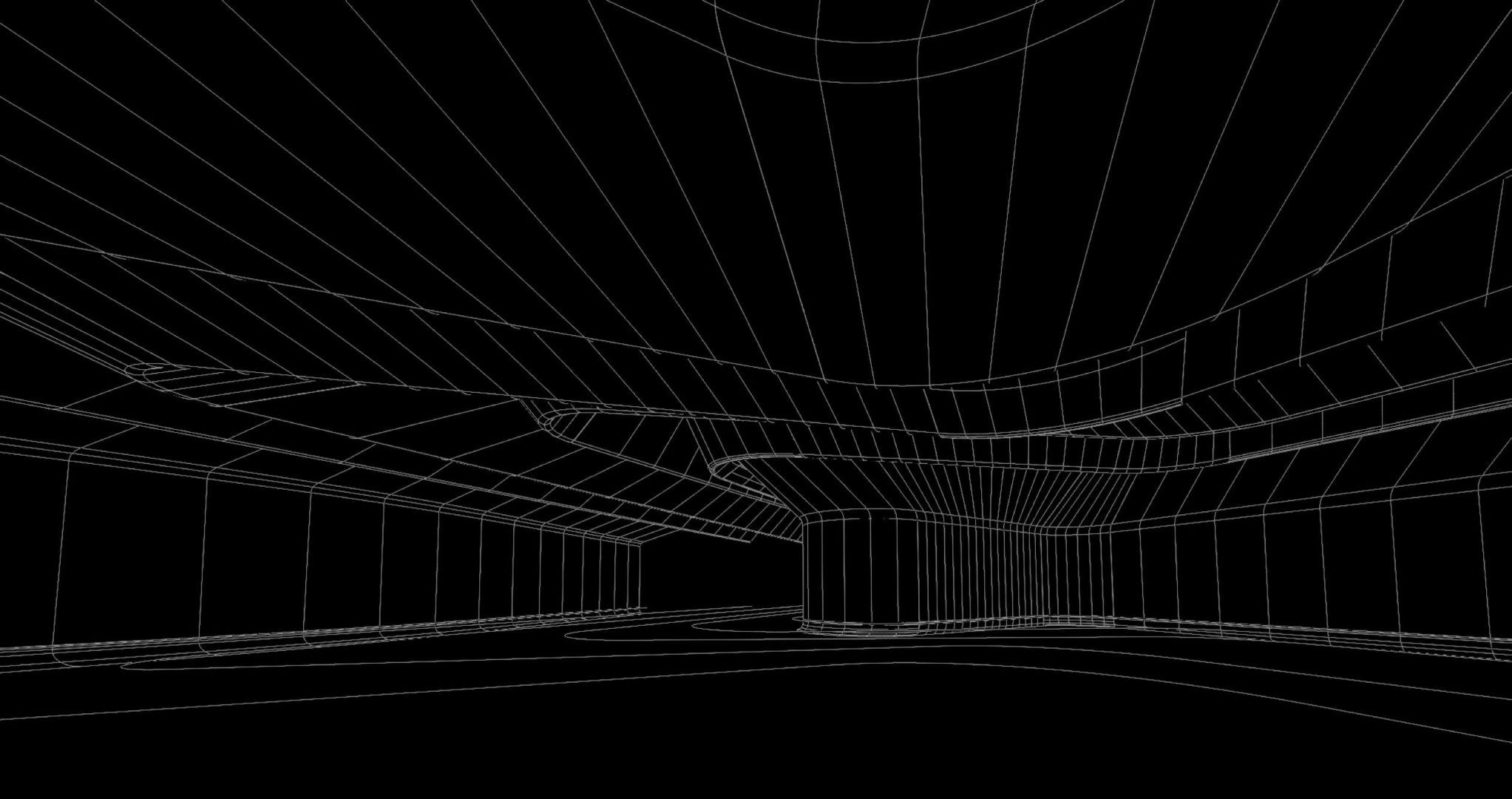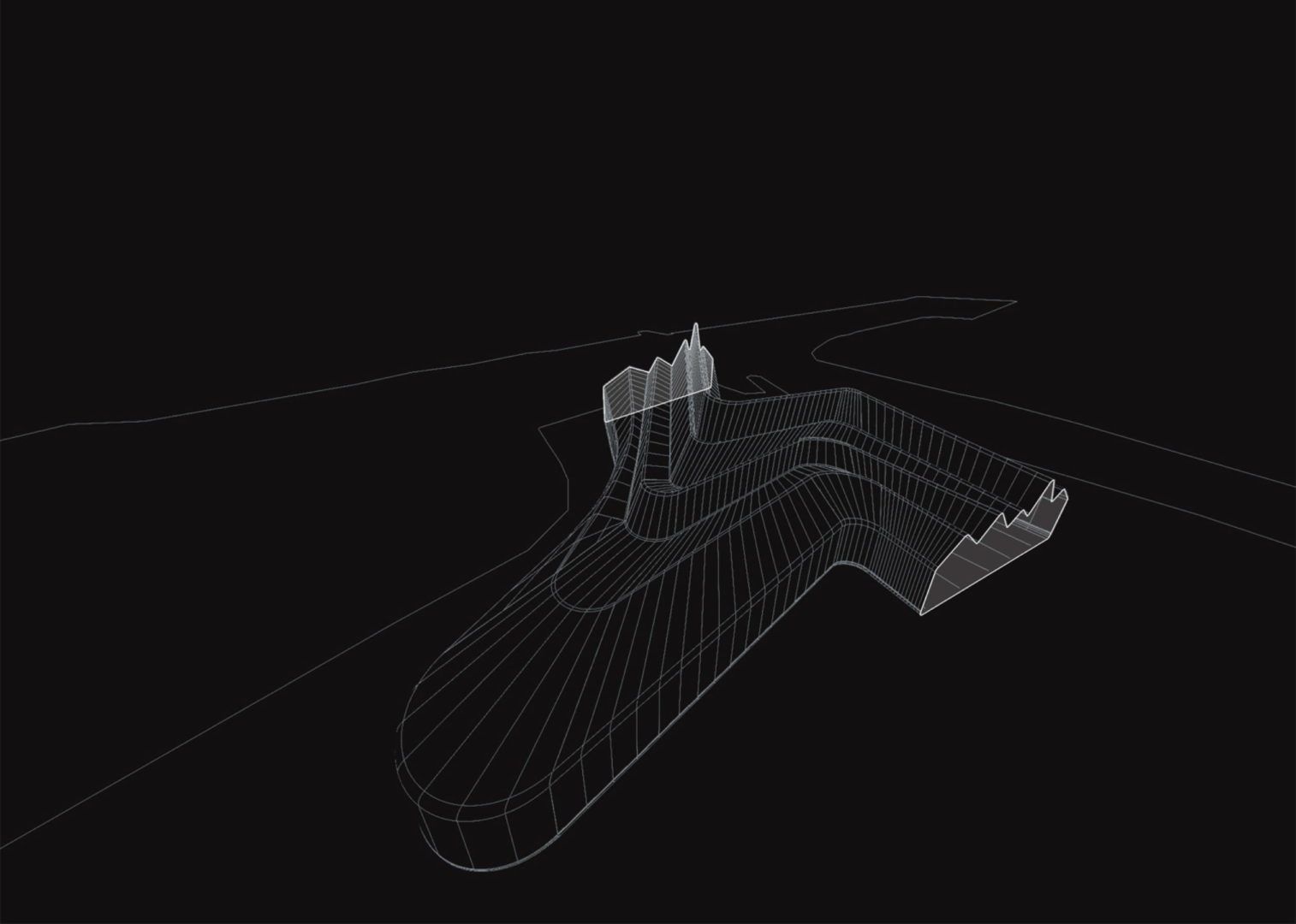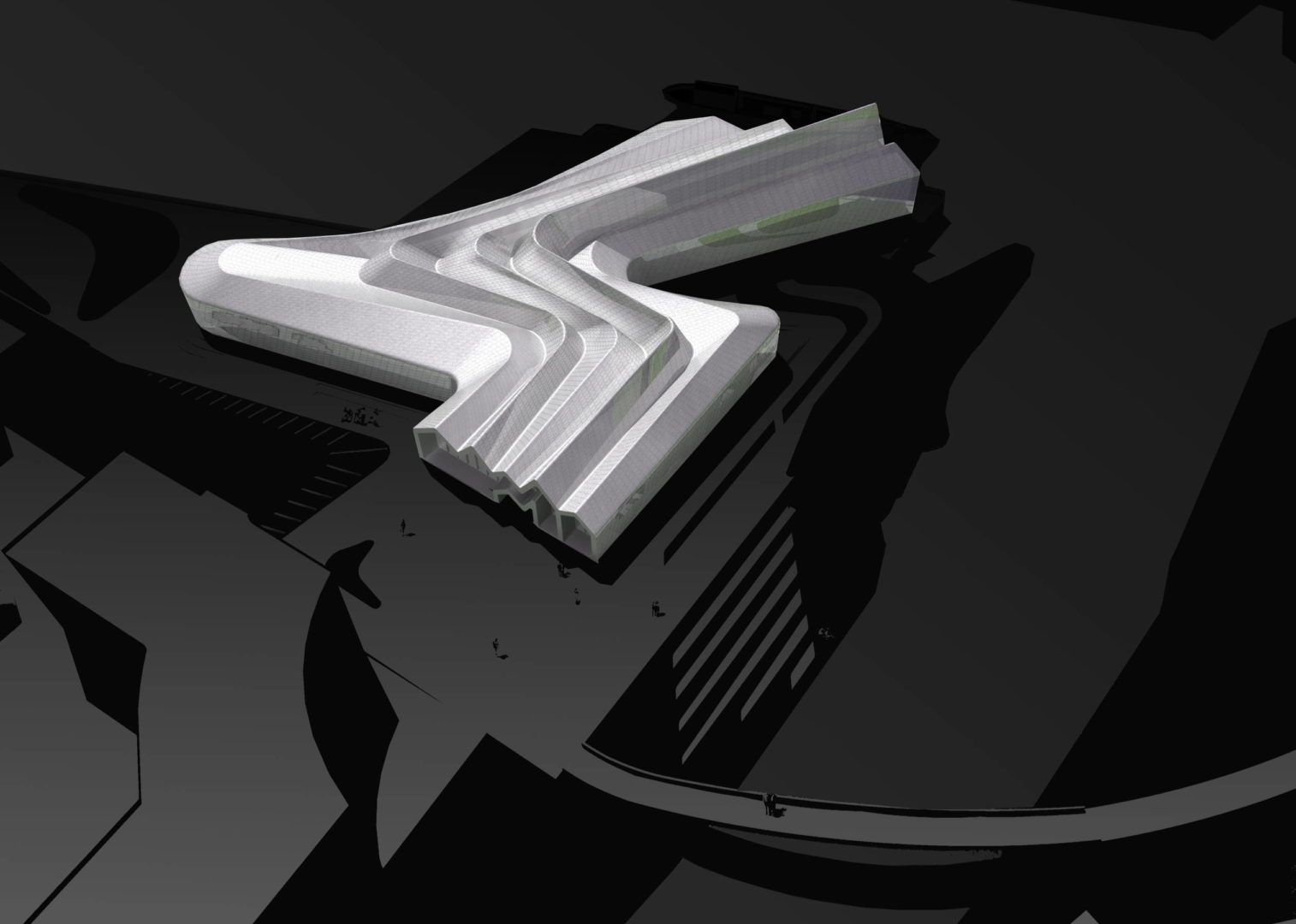The design of the Riverside Museum in Glasgow by Zaha Hadid Architects started in 2007. By late September 2008 the steel skeleton of the structure was taking shape. During 2010, building skin and landscaping works was put in place. The building work was completed late autumn 2010 and work is continuing to prepare the new Museum for its opening in this coming June 2011.
The building would be a tunnel-like shed, which is open at opposite ends to the city and the Clyde. In doing so it becomes porous to its context on either side. However, the connection from one to the other is where the building diverts to create a journey away from the external context into the world of the exhibits. Here the interior path becomes a mediator between the city and the river which can either be hermetic or porous depending on the exhibition layout. Thus the museum positions itself symbolically and functionally as open and fluid with its engagement of context and content.
The building is conceived as a sectional extrusion open at opposing ends along a diverted linear path. The cross-sectional outline is a responsive gesture to encapsulating a wave or a ‘pleated’ movement. The outer pleats are enclosed to accommodate the support services and black box exhibits. This leaves the main central space to be column-free and open.
Circulation is through the main exhibition space. Openings are envisaged in the roof and walls as appropriate. It is perceived that there should be views out of the exhibition space. These would allow the visitors to build up a gradual sense of the external context, moving from exhibit to exhibit. All openings would be solar controlled so that total black out could be achieved when required. At the end, with a view of the Clyde and the Kelvin, is the café and corporate entertainment space. These also allow access and overflow into the open courtyard. The end elevation is like the front elevation with an expansive clear glass façade. It has a large overhang to reduce solar exposure to the building interior. It will allow expansive views up and down the Clyde.
The landscape is designed to direct the activities surrounding the building. A ring of varying stones slabs creates a shadow path around the building. On the west side the hard surface progresses to a soft landscape of grass to create an informal open courtyard space. A line of trees will be added alongside the existing ferry quay to reduce the exposure of this area to prevailing winds. Along the south side and the east, shallow water pool features are used to give continuity with the river at quay level.
Render Courtesy of Zaha Hadid Architects
Photography by Hufton & Crow
Photography by McAteer
Photography by Hufton & Crow
Photography by Hélène Binet
Render Courtesy of Zaha Hadid Architects
Photography by McAteer
Diagram
Diagram
Diagram
Diagram
Diagram


